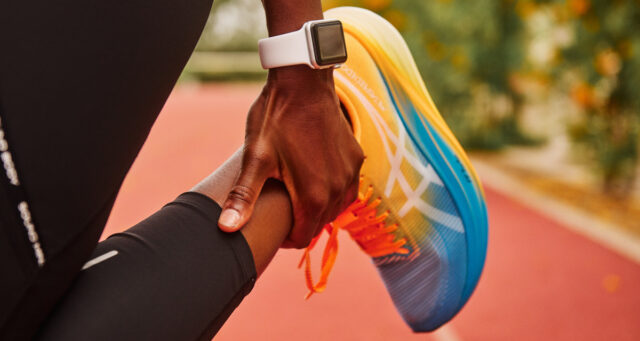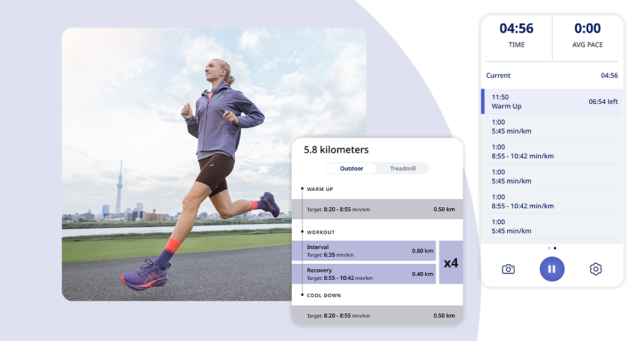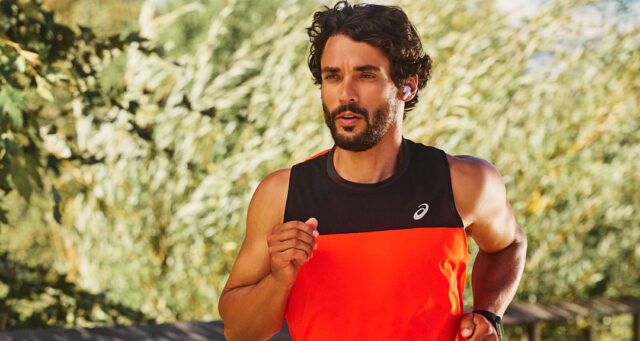At this point in your life, your weight may be higher than what you’re used to, what you want, or what you feel is healthy. Hopefully, I’m not the first to tell you that it’s okay. Statistically speaking, most people are unhappy with their weight—even though it’s not an absolute indicator of health, and the way society scrutinizes weight is problematic.
But if you’re overweight and want to get into running—because you want to lose weight, or you know, just enjoy yourself—here are some guidelines, including what’s considered safe, where to start, and how to be realistic.
A note on safety
Running is physically demanding—there’s no way around that. It’s said that every time your foot strikes the ground, it does so with a force of up to three times your body weight. That’s a lot of force for anybody to bear. Before you get moving, invest in high-quality, supportive running shoes (ideally purchased at a running store where a specialist can assist you) and talk to your doctor.
How to start running
Whether or not you’re new to exercising, if you’re new to running, you have to take it slow. I know that sounds frustrating (I’ve had numerous injuries send me back to square one), but becoming a runner is, ironically, like running a marathon—if you go out too fast, you’ll get injured, burn out, or give up.
What does starting small look like? Well, it’s walking. Not casually walking—I mean power walking, for at least 30 minutes, uninterrupted. (You can work your way up from 10 or 15 minutes, if necessary.) Once you can briskly walk for 30 minutes, it’s time to try a run/walk program.
What is a run/walk program?
Run/walk workouts are what they sound like—workouts where you alternate between running and walking.
It usually looks something like this:
- Power walk for 10 minutes to warm up
- Run for 1 minute
- Power walk for 2 minutes
- Run for 1 minute
- Power walk for 2 minutes
And so on. Try doing this for 15 to 20 minutes, making sure to end with a five-minute cool-down walk. From there, start to decrease the walk time and increase the run time (e.g. two to three-minute run, one minute walk), and do so until you’re running without breaks.
Might we suggest checking out the My First 5K program in the ASICS Runkeeper app to help you get started? The Guided Workout will lead you every step of the way.
Track your progress, progress slowly, and rise to the challenge
Over the next few weeks, pay attention to your body and take note of how you feel. After every run, I write down how I felt during and after the run, if anything hurt, how many minutes or miles I ran for, etc. This will help you track your progress and motivate you to keep improving.
Becoming a new runner can seem intimidating, but in reality, you have nothing to lose and everything to gain. There’s no shame in trying something new and making a choice to better yourself. Drown out the noise and leave the critics behind. If you want to be a runner, you are one.
Please note: This blog is not intended to be a substitute for professional medical advice, diagnosis, or treatment. Always seek the advice of your physician or other qualified health provider with any questions you may have regarding a medical condition.






